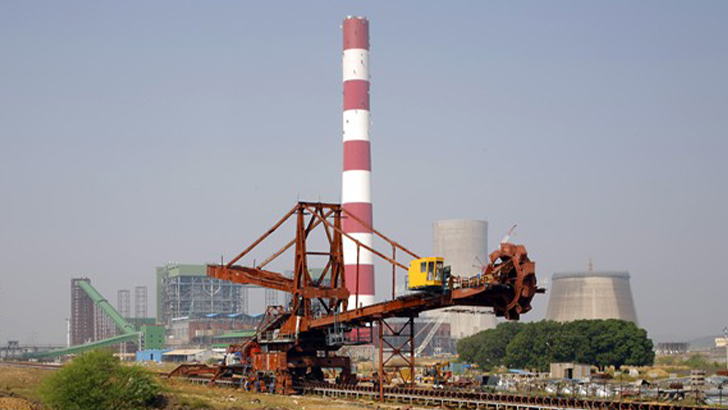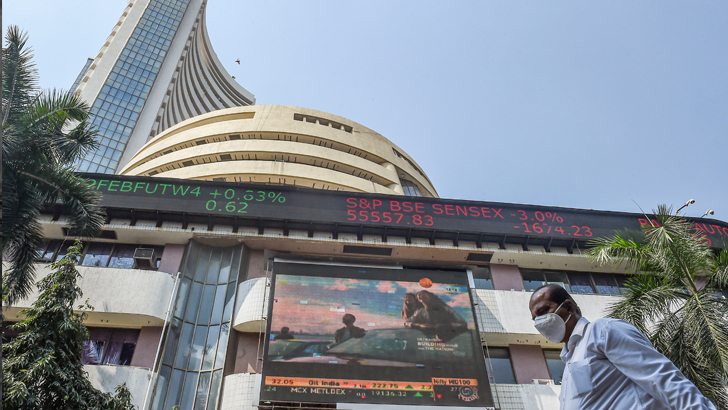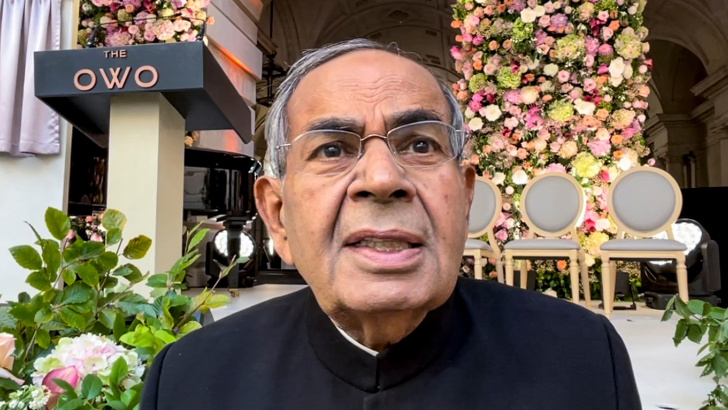Karnataka ranks third in inflation rate in country: SBI research
India's inflation landscape exhibited spatial variability in June 2024, with 12 out of 22 states reporting inflation rates exceeding the national average of 5.1 per cent, according to SBI research
ANI
-
Representative photo
New Delhi, 13 July
India's inflation landscape
exhibited spatial variability in June 2024, with 12 out of 22 states reporting
inflation rates exceeding the national average of 5.1 per cent, according to
SBI research. Odisha recorded the highest inflation at 7.22 per cent, followed
closely by Bihar at 6.37 per cent and Karnataka at 5.98 per cent. This
divergence highlights regional economic disparities as the country grapples
with rising prices.
Concurrently, the Index of Industrial Production (IIP) surged to a seven-month
high of 5.9 per cent in May, reflecting robust growth in mining (5.9 per cent),
manufacturing (4.6 per cent), and a remarkable increase in electricity
production (13.7 per cent). These contrasting trends underscore the complex
interplay between inflation and industrial performance across India.
The urban-rural inflation divide continued, with rural inflation increasing to
5.66 per cent and urban inflation rising to 4.39 per cent in June. This
persistent gap is driven by higher food prices and a greater weight of food
items in the rural consumption basket (54.2 per cent) compared to urban areas
(36.3 per cent).
The primary contributors to the inflation surge in June were food items,
particularly vegetables, which saw a dramatic price increase of 29.32 per cent.
Pulses followed with a 16.07 per cent rise, while cereals contributed an 8.75
per cent inflation rate. These increases are largely attributed to climatic
factors affecting vegetable and protein-based item prices.
Despite these spikes, there is no widespread inflationary pressure on protein
items overall. Service prices, specifically in personal care and effects, also contributed to
the overall inflation, although most sub-components registered growth below the
average CPI, indicating localized inflationary pressures.
On the supply side, the Index of Industrial Production (IIP) rose to a
seven-month high of 5.9 per cent in May, up from a revised 5.4 per cent in
April. This growth was driven by a 5.9 per cent increase in mining, a 4.6 per
cent rise in manufacturing, and a significant 13.7 per cent boost in
electricity production.
For the period of April-May 2024, industrial growth averaged 5.4 per cent,
compared to 5.1 per cent in the same period last year.
State-wise analysis revealed that inflation rates varied significantly. Odisha
recorded the highest inflation rate at 7.22 per cent, followed by Bihar at 6.37
per cent and Karnataka at 5.98 per cent. In contrast, eight states had inflation rates below the national average of 5.1
per cent. Notably, 18 states exhibited higher rural inflation compared to urban
areas, continuing a trend observed in previous months.
Current market prices for major food crops like maize, arhar, urad, paddy,
sesamum, wheat, gram, and masur are higher than the Minimum Support Price
(MSP), indicating effective price discovery in agricultural markets.
However, for crops like jowar, bajra, ragi, moong, soybean, and cotton, market
prices remain below MSP. This disparity suggests a need for government
intervention to support farmers if market prices fall significantly below MSP. Additionally,
sectors with high value addition potential, such as livestock and horticulture,
should receive increased policy focus.
The trajectory of inflation in the coming months will largely depend on
domestic factors, particularly food prices. CPI inflation is expected to remain
around or below 5.0 per cent for the remainder of the fiscal year, with the
exception of September 2024. For FY25, the average CPI inflation is projected
to be between 4.6 per cent and 4.7 per cent.
The satisfactory progress of the monsoon, with a marginal deficit of -5 per
cent in Central India, supports this outlook, mitigating significant
deviations. On the global front, the U.S. inflation rate's slight decline by
0.1 per cent from May, bringing the 12-month rate to 3 per cent, the lowest in
over three years, may set the stage for a Federal Reserve rate cut by
September.
This could influence the Reserve Bank of India's policy stance, potentially
leading to adjustments in line with global economic trends. (ANI)
Leave a Reply
Your email address will not be published. Required fields are marked *










.png)
.png)

.png)




.png)
.png)
